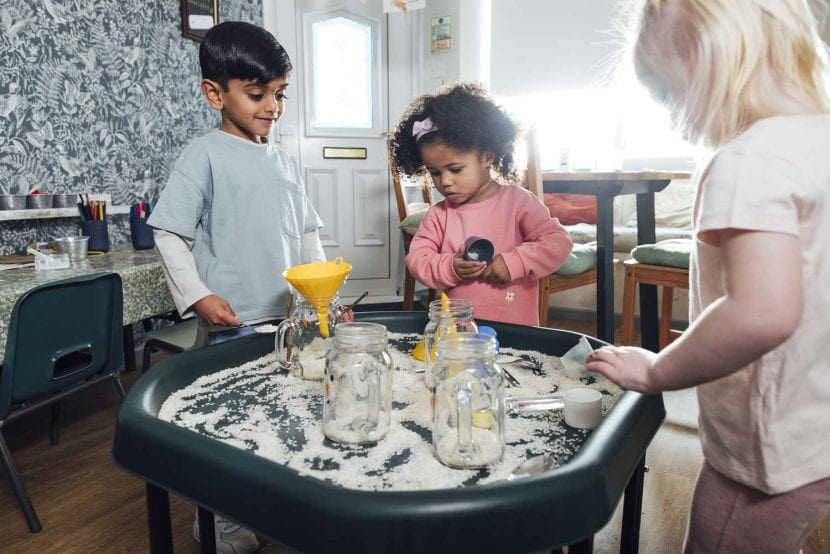Sensory play is a wonderful and exciting activity for children as they use their senses to develop in many ways. It improves their small muscle skills, hand-eye coordination, problem-solving abilities, language development, and self-control. Through sensory play, kids get to explore their world, learn new skills, and have a blast while doing it!
Sensory play can be a great activity for children with autism, but they may have difficulty participating. Children with autism often find it challenging to engage in sensory play due to sensory processing difficulties. Their senses may be either overactive or underactive to stimuli, making certain sensations overwhelming or unnoticeable. This can lead to discomfort, anxiety, or disinterest in sensory activities. Additionally, children with autism may struggle with changes in routine and environments, making it harder to introduce new sensory experiences. Communication difficulties can also hinder their ability to express their preferences or discomfort during play, further complicating their engagement. Despite these challenges, tailored and gradual approaches, along with understanding and support, can help children with autism embrace and benefit from sensory play.
Sensory play is extremely beneficial for people with autism. As a result, self-regulation can be improved and anxiety can be decreased when trying new tasks. It can also increase focus and attention spans, as well as provide opportunities for social interaction. Consider using these three strategies to help your child experience these benefits. One strategy is to observe their interests. Pay attention to what activities or objects seem to capture your child’s attention or bring them joy. Use these interests as a starting point to introduce sensory play activities related to their preferences. For example, if you know your child loves baking, try baking with them. Allow your child to use their hands to roll the dough, use cookie cutters to make different shapes, sprinkle flour, and taste the baked cookies. The second strategy is to start slowly and try not to rush. If your child is not used to sensory play or seems hesitant, start with gentle and non-overwhelming activities. Gradually increase the intensity or complexity of the sensory experiences as they become more comfortable. The third strategy consists of modeling. Before each activity, model play behavior. Children with autism often benefit from watching others engage in activities. Demonstrate how to play with sensory materials and encourage your child to imitate your actions.
It is important to keep in mind that each child with autism is unique, so strategies that work for one may not work for another. Be open to trying different approaches and always prioritize your child’s comfort and enjoyment in sensory play.
All Blogs are written by Professionals in the fields of Nutrition, Human Development and Diabetes.
